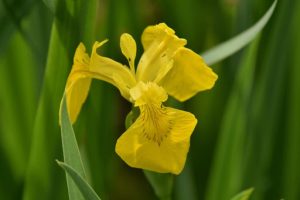
Yellow Iris
Fact Sheet Vascular Plant Iris pseudacorus | Other Names: Yellow Flag Iris Description This perennial wetland plant has three drooping petal flowers that are bright
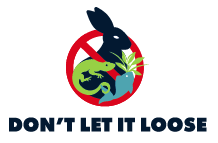
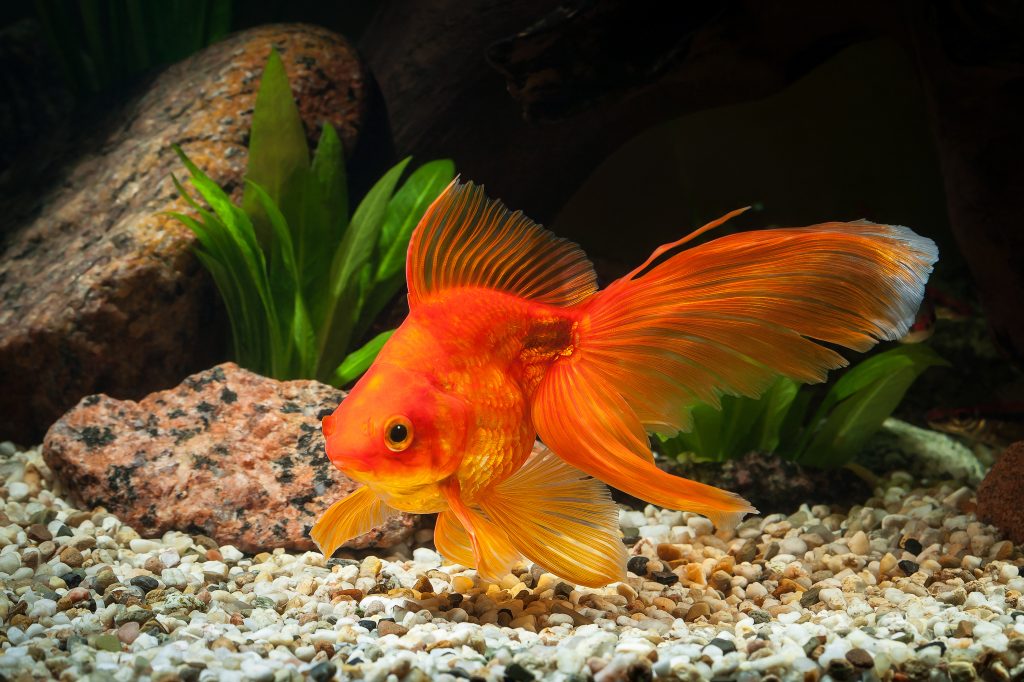
Non-native plants and animals are easily spread when they are accidentally or intentionally released into the wild. Many released species do not have the necessary skills to survive in the wild and often suffer before death. However, if they do survive, these species may become invasive, outcompeting native species for valuable resources such as food and space. Invasive species can damage ecosystems, habits and species at risk.
Invasive species that are commonly released include: domestic pets, garden or aquarium plants, fish, live bait, and livestock.
You can start by only purchasing native plants for your aquariums and gardens. Another approach is to properly dispose of plants, and rehome pets rather than releasing them in the wild. In the wild, your pet could face a tragic end. It is better to rehome your pet to prevent the spread of invasive species and to ensure the health and safety of the animal. If you want to learn how to dispose of invasive plants or need help rehoming your pet, check out Habitattitude or the SPCA.
No pet, plant or animal that has lived in your pond, aquarium or garden, should ever be let loose in the wild. It is as simple as that.
The Nova Scotia Invasive Species Council (NSISC) is working with the Canadian Council on Invasive Species (CCIS) to nationally recognize pet industry retailers. Our Don’t Let it Loose take-action initiatives are being implemented across Canada by pet-trade organizations, increasing awareness and promoting actions Canadians can take to stop the spread of invasive pets, plants and animals.
Through the Retailer Recognition program, pet, pond and aquarium store owners and mahagers are provided with information materials on preventing the spread of invasive species. This information is provided to their staff and customers. In addition, they are acknowledged for their efforts to protect biodiversity and ecosystems in our communities and across Canada.
To find out more about the Don’t Let it Loose recognized retailer program check out the CCIS website.

Fact Sheet Vascular Plant Iris pseudacorus | Other Names: Yellow Flag Iris Description This perennial wetland plant has three drooping petal flowers that are bright
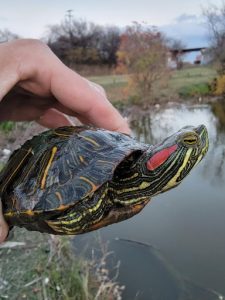
Fact Sheet Reptile Trachemys scripta elegans Description Pond Sliders have brown to olive green coloured shells, with a slight keel running down the center. Green-black
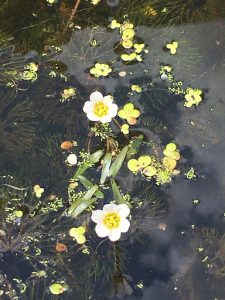
Fact Sheet Vascular Plant Cabomba caroliniana Description Bottom-rooted, submersed aquatic plant. Stems usually 1-2 m but up to 10 m long. Underwater leaves opposite, fan-like
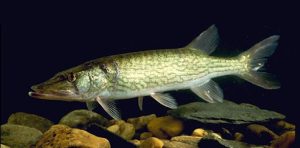
Fact Sheet Freshwater Fish Esox niger | Other Names: Pickerel, Water Wolf, Pike Description Long, narrow, torpedo-shaped, green body with a darker back and white
Join our mailing list.